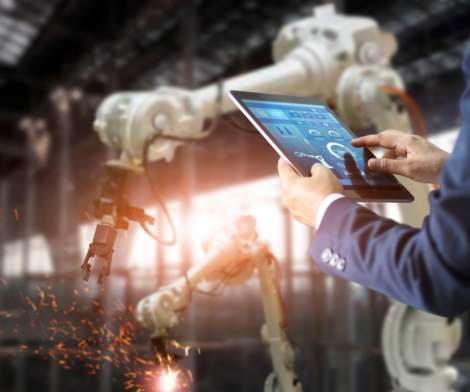[INFOGRAPHIC] AI Technologies: The Role of Humans & The Application in Logistics
GlobalTranz
MARCH 28, 2016
AI gives you the ability to maintain these structures/natures of being dynamically continually learning and updating as new data passes through the system. Practical Applications: Using AI Technologies to Maximize & Compliment Logistics Resources. Hong Kong: Logistics. Will they make all of us obsolete someday?















Let's personalize your content